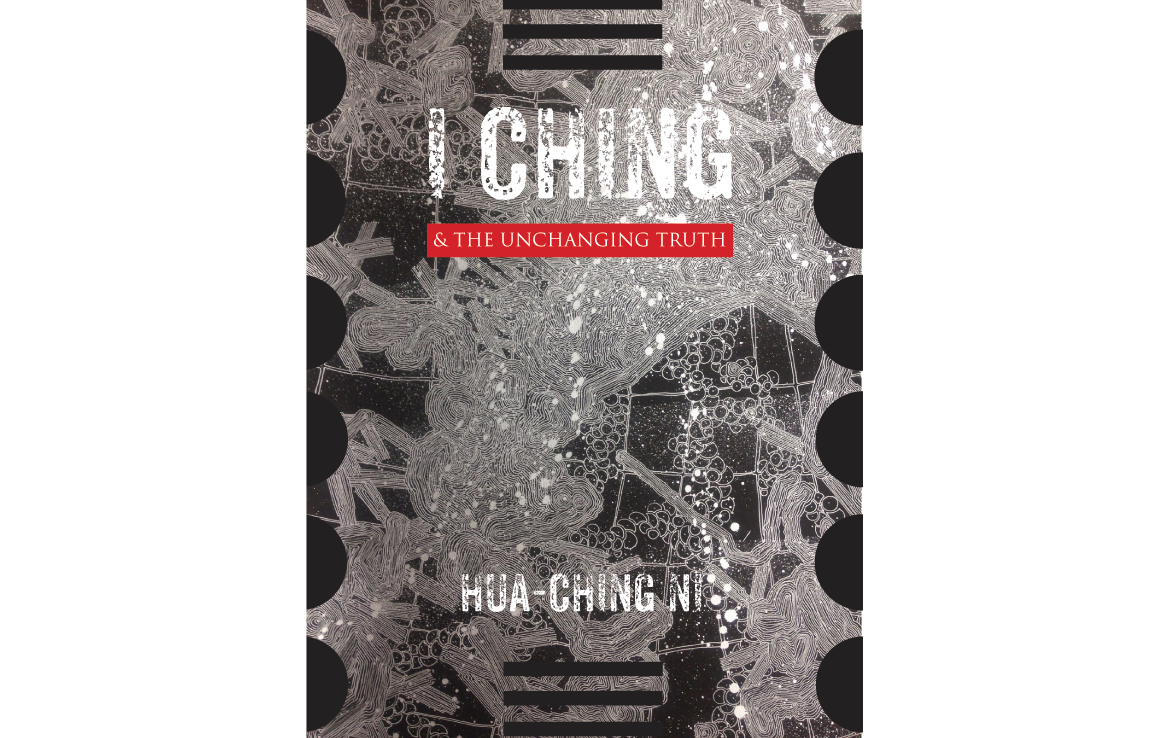

Forgotten Books uses state-of-the-art technology to digitally reconstruct the work, preserving the original format whilst repairing imperfections present in the aged copy. Find more at This book is a reproduction of an important historical work. About the Publisher Forgotten Books publishes hundreds of thousands of rare and classic books. The teachings of Lao Tzu, as preserved in the Tao Te Ching, are not such as one can easily imagine being handed down from generation to generation among the people at large. The two cases, however, are somewhat dissimilar.
THE WRITINGS OF HUA CHING NI CODE
Some would place the beginnings of Taoism much earlier than this, and consequently regard Lao Tzu rather as an expounder than as the actual founder of the system just as Confucianism - that is, a moral code based on filial piety and buttressed by altruism and righteousness - may be said to have flourished long before Confucius. The first of these stages is only known to us through the medium of a single semi-historical figure, the philosopher Lao Tzu, whose birth is traditionally assigned to the year 604 B.C. Taoist Teachings From the Book of Lieh Tz Book Review:Įxcerpt from Taoist Teachings From the Book of Lieh Tzü: Translated From the Chinese, With Introduction and Notes The history of Taoist philosophy may be conveniently divided into three stages: the primitive stage, the stage of development, and the stage of degeneration. The authors analyze Lao-tzu's teachings, line by line, and offer meditations, interpretations, and practical illustrations that clarify the true meaning and purpose of this classic text. While the text of the Tao Te Ching has been passed down in literary form for generations, the essence of the text can be understood only through heart awakening-a true integration of body and mind-made possible with the insights and exercises in this book. Now Taoist masters Mantak Chia and Tao Huang guide readers through the origins of this philosophy, the meaning behind its 5,000 pictographs, and the way of living that generations have followed. Lao-tzu, whose name means “the ancient child,” wrote these brief but essential verses that have both confounded and conferred blessings on humankind.
THE WRITINGS OF HUA CHING NI PLUS
Each affordable volume reflects Oxford's commitment to scholarship, providing the most accurate text plus a wealth of other valuable features, including expert introductions by leading authorities, helpful notes to clarify the text, up-to-date bibliographies for further study, and much more. ABOUT THE SERIES: For over 100 years Oxford World's Classics has made available the widest range of literature from around the globe. Simple commentary accompanies the text, and the introduction provides further historical and interpretative context.

This new translation draws on the latest archaeological finds and brings out the word play and poetry of the original. It enables the individual, and society as a whole, to harmonize the disparate demands of daily life and achieve a more profound level of understanding. A life-giving stream, the Way gives rise to all things and holds them in her motherly embrace.

The dominant image is of the Way, the mysterious path through the whole cosmos modelled on the great Silver River or Milky Way that traverses the heavens. It encapsulates the main tenets of Daoism, and upholds a way of being as well as a philosophy and a religion. 'Of ways you may speak, but not the Perennial Way By names you may name, but not the Perennial Name.' The best-loved of all the classical books of China and the most universally popular, the Daodejing or Classic of the Way and Life-Force is a work that defies definition.


 0 kommentar(er)
0 kommentar(er)
